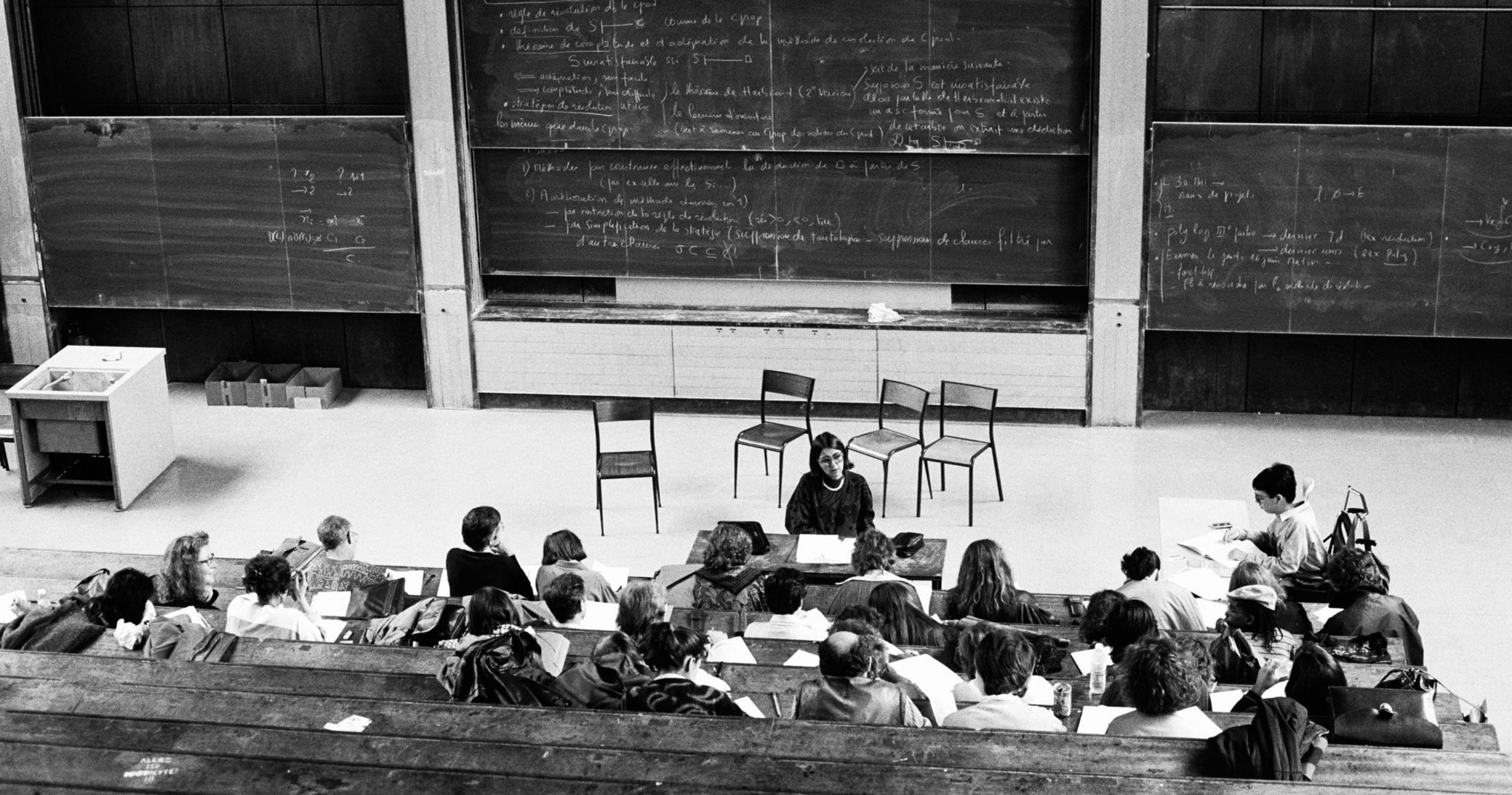Another easy change? Start using a student response system. As you discuss a topic, present the class with a multiple choice question and let students discuss it and vote on the answer. If they answer correctly, great, move on. If not, explain why the answer is incorrect and let them try again. I find that the most productive lessons come when the class is split between two answers and everyone tries to convince the other side. For example, if you ask students what happens to the motion of an object under a constant force? Some students might say it will move at a constant speed, while others say it will change speed. Trying to convince their peers leads to great discussions. You might think that sounds like chaos, but in my experience it works terrifically.
Of all the things you can do to make learning more active, one of my favorites is plain old problem solving. Give students a problem—or heck, have them make up the problem and then let them solve it in groups. You would be surprised at how much the students learn by working in groups and then sharing their answers with classmates. This is a go-to activity for me because it’s easy to do, and students love that it helps them practice problems that might appear on a test.
Sourced through Scoop.it from: www.wired.com




Leave A Comment